Here is how I use veils with a simple tablet woven fillet. The same veil is worn in all three photos. In the left image the ends are pulled under neath in the back and then back up over the top forming a knot. In the center photo the front ends are just secured at the nape of my neck. The far right has the same veil, pinned at the nape of my neck with no fillet.

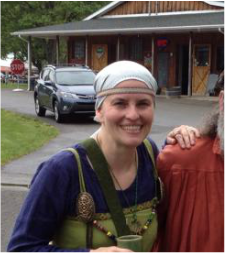
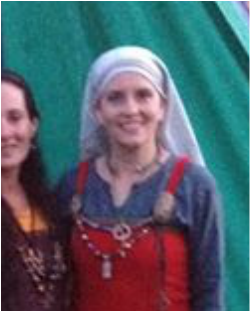
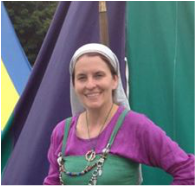
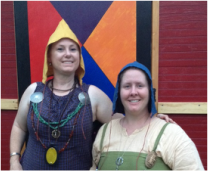

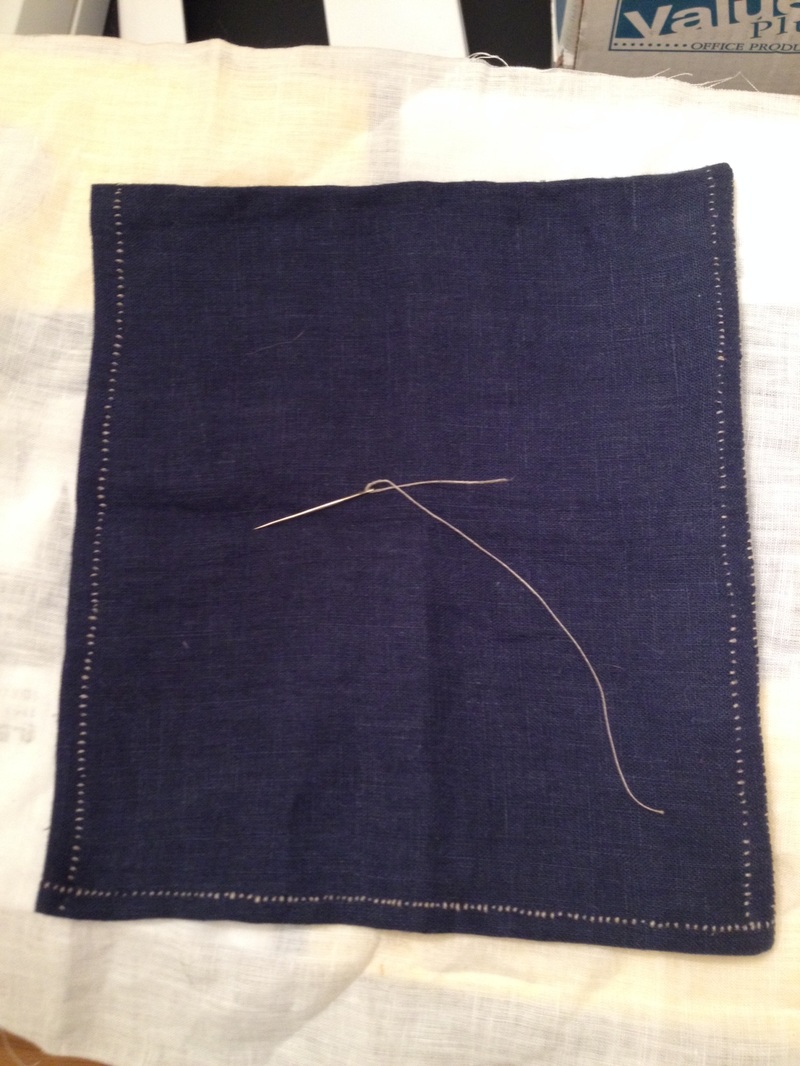



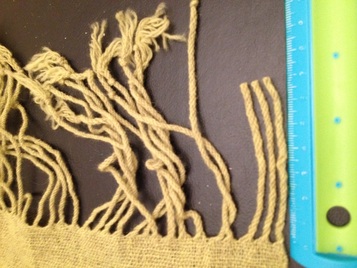

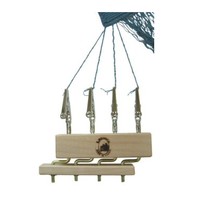

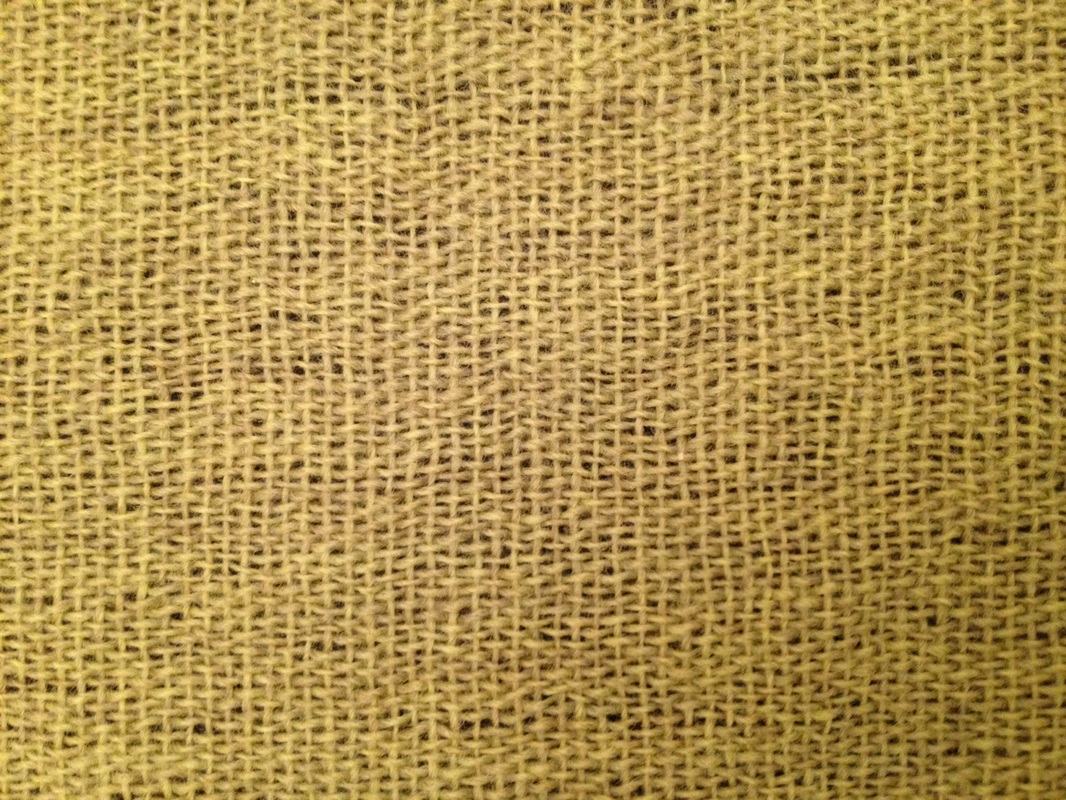

 RSS Feed
RSS Feed